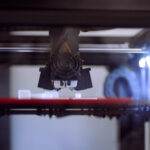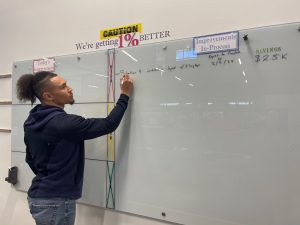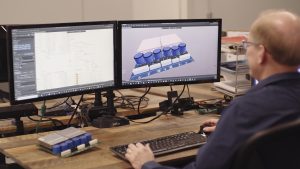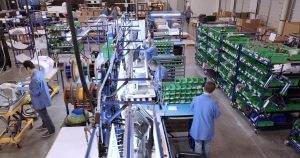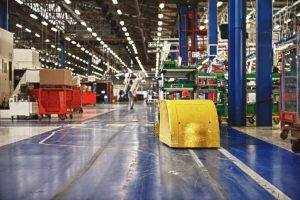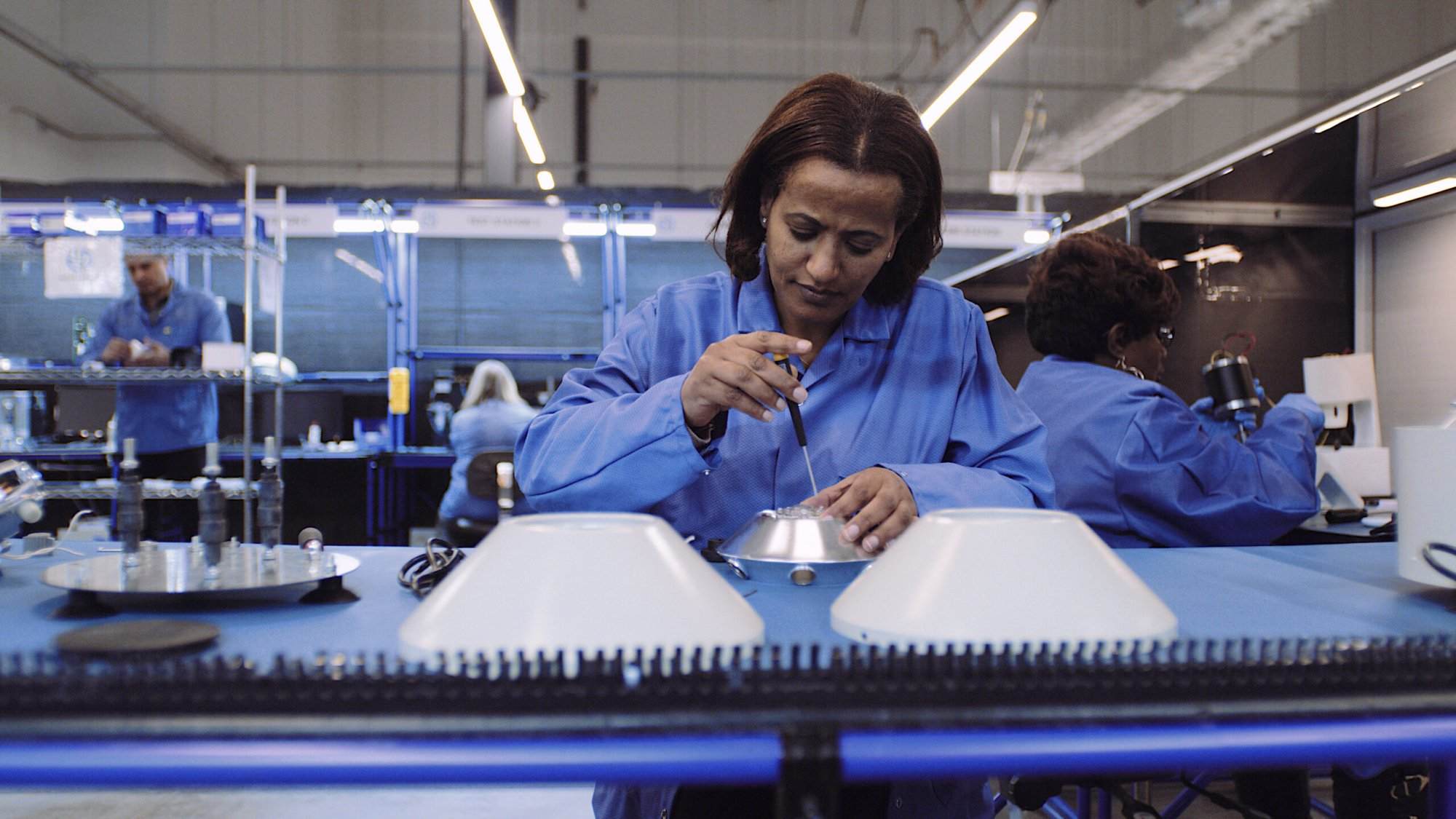
At E4D Technologies, we have a long list of tools and systems that we use to maximize the efficiency and productivity of our manufacturing process. One of the tools that we use to reduce waste and increase efficiency is the lean manufacturing pull system. While this is a common practice in manufacturing, it has proven to be valuable at E4D Technologies by ensuring that we only produce enough products to meet demand. Here is everything you need to know about lean manufacturing pull systems from E4D Technologies:
What is a Pull System in Lean Manufacturing?
Pull systems are a lean manufacturing strategy with the overall goal of reducing waste in the production process. Generally speaking, manufacturing companies that use the lean manufacturing pull system will only replace components used in the manufacturing process once they have been consumed, so they are only making enough products to meet customer demand. By using this system, all of the company’s resources are able to immediately be sold, optimizing inventory turns and cash flow.
Lean Manufacturing Pull System Vs. Push System
The pull system and the push system are two forms of manufacturing products, but the two sharply contrast each other. They are essentially opposite forms of deciding the quantity of products or components you will produce in a certain period of time. While the pull system only manufactures components as they have demand, the push system manufactures products to meet a demand plan. Essentially, the pull system can be described as “just in time” while the push system is “just in case.”
The Benefits of Using a Pull System
Since E4D Technologies follows the guidelines set in place by lean manufacturing, we are able to greatly benefit from the advantages of using a pull system. We are able to reduce waste throughout the process since no overproduction occurs, as well as reduce the cost of storing excess inventory. There are times, though, when a hybrid approach is required.
Whether you decide to use a pull system or a push system in manufacturing will depend on the demand of your product and how quickly you can manufacture your product. If one component of your process has a much longer lead-time or process time, you may need to push that component or process while pulling the balance of the components and products. The goals are to always consider what can bring the most value to the customer, while also eliminating the most waste. Want to learn more about our manufacturing process? Check out our blog today!
Photo Sourced from E4D Technologies


